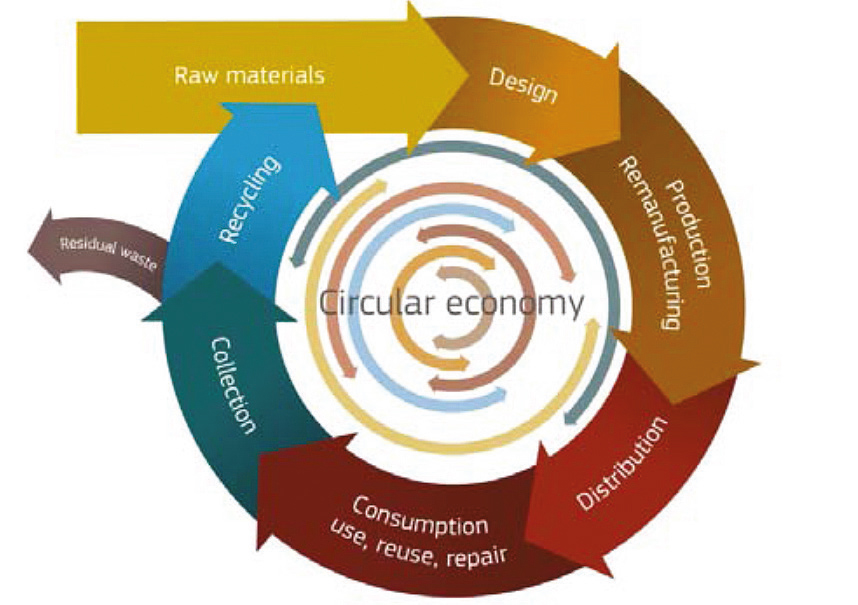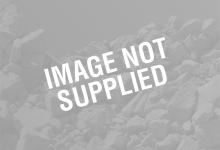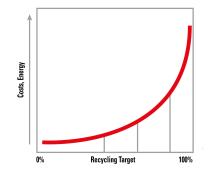
The European Commission published on 2 July, 2014 its much-awaited Circular Economy Package, comprising five different elements. These are listed below:
1. Communication Towards a Circular Economy
This sets out the overall approach: keeping resources in productive use longer; using them again and again through recycling; cutting waste, and reducing dependence on uncertain supplies.
The objective is to establish a common and coherent
One of the most important elements for the Aggregates Industry is the resource productivity target.
While not binding, such a target would provide an impetus for Member States to take into account resource use. The methodology chosen by the
RMC is an aggregate indicator measuring, in tonnes, all the resources used in the economy, while taking into account resource use embedded in imports. The European Resource Efficiency Platform recommended that the EU should aim for at least a 30% increase in resource productivity measured in this way.
The next Commission taking office on 1 November, 2014 will decide on whether to suggest the inclusion of GDP/RMC as a headline target in the context of the revision of the Europe 2020 Strategy after the ongoing public consultation.
2. Communication Green Action Plan for SMEs
This Communication sets out the opportunities for entrepreneurship and SMEs, and explains how Commission instruments and policies can support it.
The European Commission intends to facilitate the access to finance for resource-related improvements and energy efficiency in SMEs, and the European Standardisation Organisations will be encouraged to take into account circular economy objectives when creating standards.
3. Communication Green Employment
This Communication explains how we can ensure that European labour markets are ready to exploit the employment opportunities. It builds on the recommendations of the European Resource Efficiency Platform (EREP).
The European Commission proposes to continue to follow up environmental tax reform in Member States in the framework of the European Semester (shifting taxes away from labour towards pollution).
4. Communication Resource Efficiency Opportunities in the Building Sector
This Communication proposes ways to make our buildings more resource efficient and improve markets for construction and demolition waste (CDW).
The two major components in this Communication are:
a. Building a common European approach to assess the environmental performance of buildings.
While different national and commercial schemes may have reasons to diverge slightly in their approaches, a common framework of core indicators should nonetheless be established. This will allow comparability and provide consumers and policymakers with easier access to reliable and consistent information.
b. Establish better functioning market for recycled construction materials.
The European Commission will also boost the market for recycling of CDW through more support for research and demonstration projects, and more collaboration with Member States to make recycling more economically attractive.
The European Commission will collaborate with Member States on measures that divert CDW from landfilling and backfilling, and, as appropriate, integrate external environmental cost in the price of virgin materials for construction.
5. Legislative Proposal for a Directive: Revision of the targets of the Waste Framework Directive, the Packaging and Packaging Waste Directive, and the Landfill Directive
The proposal keeps the waste hierarchy intact and promotes the phasing out of landfilling of all recoverable waste (by 2030).
In particular, some of the amendments proposed to Directive 2008/98/EC (Waste Framework Directive) are of direct interest to aggregates:
- End-of-waste specific criteria should be considered, among others, at least for aggregates.
- Backfilling would be out of the calculation of recycling for aggregates.
The legislative proposals will now pass to the Council and the
The policy framework for promoting the circular economy will be further developed over the coming years.







